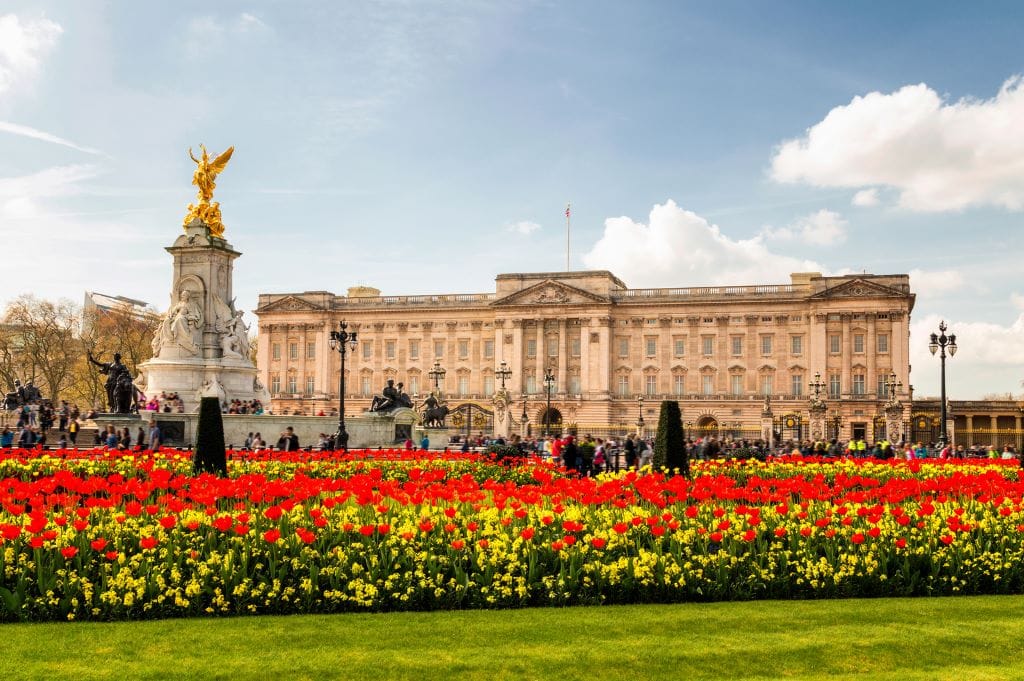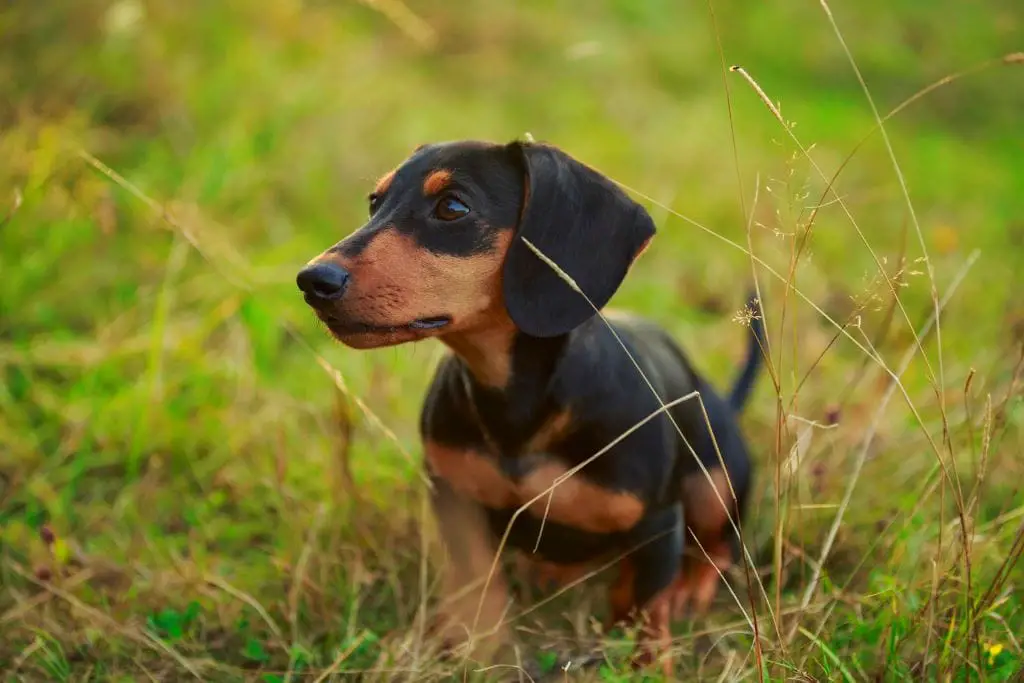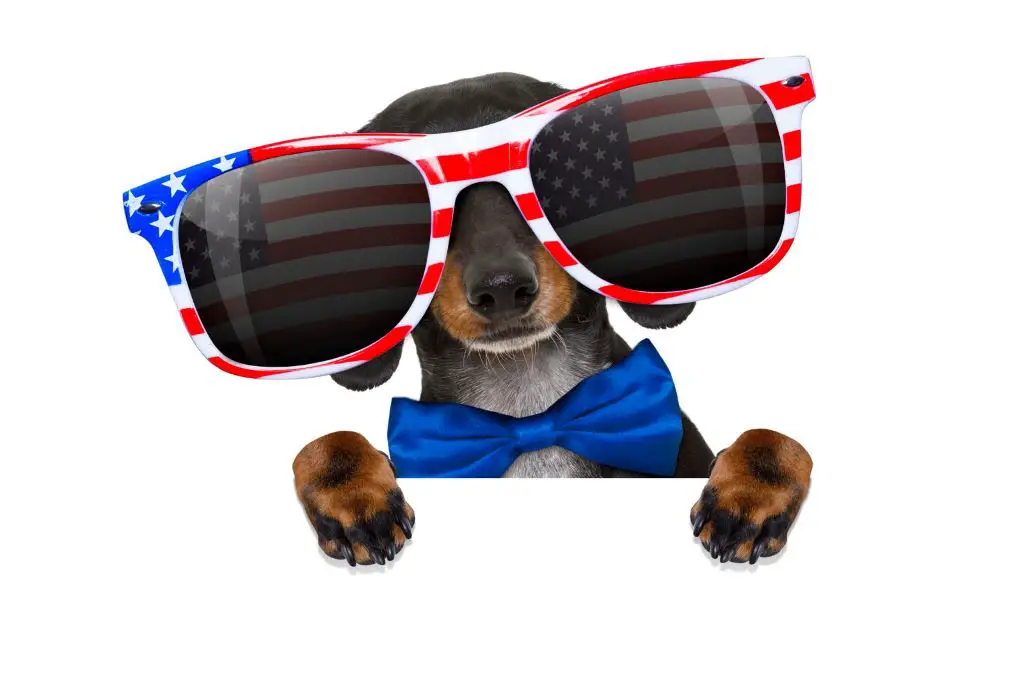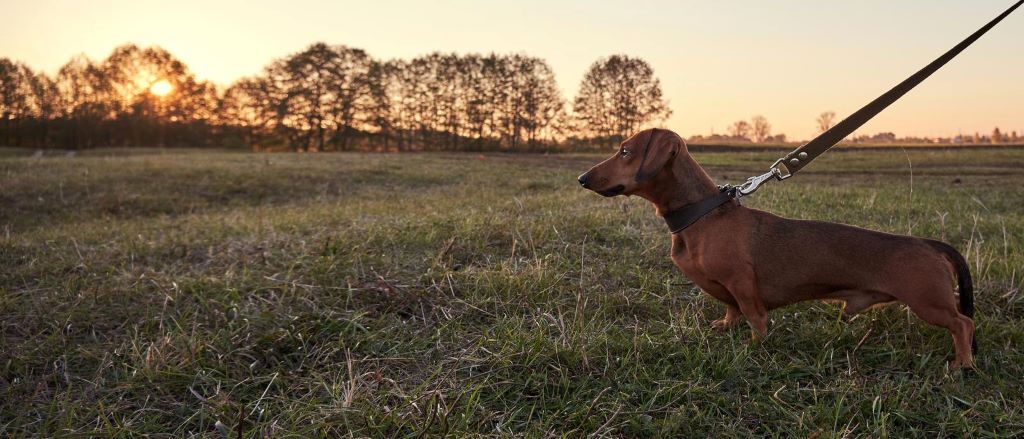Warning: Trying to access array offset on value of type bool in /home/u778996160/domains/dachshundtalk.com/public_html/wp-content/plugins/wp-word-count/public/class-wpwc-public.php on line 123
Warning: Trying to access array offset on value of type bool in /home/u778996160/domains/dachshundtalk.com/public_html/wp-content/plugins/wp-word-count/public/class-wpwc-public.php on line 123
You are a curious soul, always looking for new information and stories that will captivate your mind. You are like a detective, searching for clues to piece together the past. And what better way to do that than by exploring the lives of famous historical figures who owned dachshunds?
These little dogs may seem insignificant, but they were beloved companions to some of the most influential people in history. As you delve into the lives of these figures, you will discover not only their love for these loyal pups but also the unique qualities that made them stand out in their time.
From the artistic genius of Pablo Picasso to the political prowess of John F. Kennedy, these individuals had a profound impact on the world around them. And yet, they all shared one thing in common – a fondness for the dachshund breed.
So come along on this journey of discovery, and learn about the fascinating lives of these historical figures and the furry friends that brought them joy and companionship.
Pablo Picasso
Did you know that the famous artist Pablo Picasso was a devoted dachshund owner, often incorporating his beloved pets into his artwork? That’s right, Picasso had several dachshunds throughout his life, and they served as a major source of artistic inspiration for him.
In fact, some of his most famous paintings, such as ‘Dachshund and the Dove’ and ‘Seated Woman with a Dachshund’, feature his furry companions prominently. Picasso’s love for dachshunds was not just limited to his artwork, however.
He often brought his dogs with him to cafes and social gatherings, where they quickly became the center of attention. Dachshunds were already popular in popular culture and media at the time, but Picasso’s affection for them only added to their charm and appeal.
Today, dachshunds are still beloved by many, and their association with famous figures like Picasso only adds to their mystique and charm. So, the next time you see a dachshund on the street or in a painting, remember that you are in the company of one of the most iconic and beloved dog breeds of all time, and that their legacy continues to inspire artists and dog lovers alike.
John F. Kennedy

John F. Kennedy was known for his love of dachshunds, and his beloved pup named Dunker had his own custom-made rocking chair in the White House. Kennedy’s attachment to his furry friends was more than just a personal preference; it was a symbol of his political image.
The dachshunds represented Kennedy’s appeal to the masses, as the breed was a popular choice for middle-class families during that time. However, controversy surrounded the breeding of Kennedy’s dachshunds. Some critics accused Kennedy of purchasing dogs from puppy mills, which are known for their inhumane breeding practices. Others argued that Kennedy’s decision to breed his dachshunds was irresponsible, as the breed is prone to back problems and other health issues.
Despite the criticism, Kennedy remained devoted to his pets and continued to breed them. Despite the controversy, Kennedy’s dachshunds remained a beloved part of his legacy. Their presence in the White House provided a lighthearted contrast to the serious nature of his political duties.
Kennedy’s love for his pets also served as a reminder that even the most powerful leaders have a softer, more compassionate side. In the end, Kennedy’s devotion to his dachshunds was just one of the many ways he endeared himself to the American people.
Napoleon Bonaparte
You might be surprised to learn that Napoleon Bonaparte, one of the most iconic military leaders in history, had a soft spot for dachshunds. His wife Josephine was particularly fond of the breed, and they became a fixture in their household.
But it wasn’t just a matter of pets – dachshunds played important roles in Napoleon’s army, serving as messenger dogs and even accompanying soldiers into battle. And if you look at famous paintings of Napoleon, it’s not uncommon to see at least one of his beloved dachshunds by his side.
The Role of Dachshunds in Napoleon’s Army
The role of dachshunds in Napoleon’s army cannot be underestimated, as these small yet fierce dogs were trained to locate and capture rats and other vermin that could spread disease among the troops. Breeding and training techniques were developed specifically for these brave pups, who were trained to follow their noses and dig out the vermin from their hiding places.
Their impact on morale and communication was immeasurable. Soldiers who had lost hope in the grueling conditions of war found solace in the companionship of these loyal dogs. The dachshunds were also effective in delivering messages between troops, as they were small enough to sneak through enemy lines undetected.
In a time when communication was often slow and unreliable, the dachshunds provided a much-needed boost to the army’s efficiency and morale.
Famous Paintings Featuring Napoleon’s Dachshunds
Napoleon’s dachshunds were such beloved companions that they even made their way into some of the most iconic paintings of the era, bringing a touch of whimsy and joy to these grand works of art.
Dachshunds have had a long history in art, and it’s no surprise that they would also be featured in the works of famous artists like Jacques-Louis David and Jean-Auguste-Dominique Ingres.
In David’s painting ‘Napoleon Crossing the Alps,’ the emperor’s faithful dachshund, named Fortuné, is depicted running alongside his master’s horse.
Ingres also painted Napoleon with his dachshunds in his portrait ‘Napoleon on His Imperial Throne.’
These paintings not only showcase the love and bond between Napoleon and his dachshunds, but they also highlight the importance of these little dogs in the history of art.
Queen Victoria

Queen Victoria, known for her love of dachshunds, had several of the breed as loyal companions. Her love for dachshunds was so great that she even bred them herself.
These dogs were not just pets to her, but they were also her constant companions and provided her with comfort and joy. If you’re a fan of dachshunds, you’ll be delighted to know that Queen Victoria’s dachshunds were not just ordinary dogs.
They were famous for their unique names, including Waldmann, Hexen, and Bismarck. These names reflected the Queen’s love for her German heritage, and they were also a testament to her appreciation for the breed.
Although Queen Victoria’s love for dachshunds is well-known, her passion for the breed was also captured in famous paintings. Several paintings featuring her dachshunds were commissioned during her reign, including one where she was depicted with her beloved pet Waldmann.
These paintings are not just a testament to her love for the breed, but they are also a reminder of the important role that dachshunds played in her life.
David Hockney
Renowned artist David Hockney has been a proud owner of multiple dachshunds throughout his life, and even dedicated an entire book to them titled ‘David Hockney’s Dog Days’. Hockney’s love for his furry friends is evident in his artistic works, which often feature his beloved dachshunds. In fact, his paintings and drawings of these dogs have become some of his most iconic pieces.
One of the reasons Hockney’s dachshunds were so special to him was due to his involvement in breeding and training them. He was known for his meticulous breeding techniques, which focused on producing healthy and happy dogs with strong pedigrees. Additionally, Hockney had a unique training approach that emphasized positive reinforcement and kindness towards his dogs.
If you’re a dachshund lover like Hockney, you may be interested in learning more about his breeding and training techniques. Check out the table below for some quick facts on the topic:
| Breeding Techniques | Training Techniques |
|---|---|
| Focused on producing healthy and happy dogs with strong pedigrees | Emphasized positive reinforcement and kindness |
| Used a variety of breeding methods, including line breeding and outcrossing | Encouraged socialization and playtime |
| Took great care in selecting breeding pairs to avoid genetic health issues | Used reward-based training methods to reinforce good behavior |
With Hockney’s dedication to his dachshunds, it’s no wonder that these little dogs have become such an important part of his life and artistic legacy. Whether you’re a fan of his work or just a dog lover in general, there’s no denying the impact that Hockney’s furry friends have had on his life and career.
Andy Warhol
Get ready to discover the softer side of the iconic artist Andy Warhol, as we delve into his love for his furry companions.
You may know Warhol for his pop art and avant-garde style, but did you know that he was also an avid dachshund owner? That’s right, Warhol had a deep affection for his pups and often incorporated them into his artwork.
Warhol’s dachshunds played a significant role in his artistic endeavors. They were a source of inspiration and a constant presence in his life. The artist even created a series of silkscreen prints featuring his beloved dogs, aptly named ‘Dachshund.’ These prints showcase his love for his furry friends and demonstrate how they were an integral part of his life and work.
During Warhol’s era, dachshund breeding and showing were popular pastimes among the upper class. However, Warhol’s love for his dogs went beyond just a hobby. He had a genuine affection for his furry friends and was known to spoil them with affection and treats.
This relationship is evident in his artwork, which captures the essence of his dachshunds and their impact on his life. So, if you ever come across Warhol’s ‘Dachshund’ prints, know that they are not just pop art, but a reflection of his love for his furry companions.
Frequently Asked Questions
How did these historical figures acquire their dachshunds?
You’re curious about how dachshunds became famous in history. Dachshund breeding played a huge role in their cultural significance. Many people were drawn to their unique appearance and loyal personalities, leading to their popularity among historical figures.
Did these famous individuals have any other pets besides dachshunds?
As you explore the lives of famous individuals, you may wonder if they had pets beyond their beloved dachshunds. Interestingly, it was often the dachshunds’ impact on their personalities that made them stand out as exceptional pet owners.
Were their dachshunds involved in any notable events or incidents during their owner’s lifetime?
If you’re curious about the impact dachshunds had on their owners’ lives, you’ll be fascinated to know they played a role in shaping cultural history. Their popularity soared as they were featured in art and literature, making them a beloved breed to this day.
Did any of these historical figures have a favorite dachshund, and if so, what was their name?
Did you know that dachshunds were considered a symbol of loyalty in medieval Europe? This cultural significance impacted the personal lives and legacies of historical figures, like Queen Victoria, who had a favorite dachshund named Waldmann.
How did owning a dachshund influence these famous individuals’ lives and work?
Owning a dachshund can greatly influence creativity by providing companionship benefits. These loyal and loving pets offer emotional support and inspire playfulness. For those who serve others, a dachshund can provide comfort and stress relief.
Conclusion
From artists like Picasso and Hockney, to political figures like Kennedy and Napoleon, these little dogs have captured the hearts of many throughout history.
But did you know that dachshunds were actually bred for hunting? That’s right, their long, skinny bodies were perfect for getting into small spaces to chase after badgers and other burrowing animals.
Despite their hunting origins, dachshunds have become beloved family pets and loyal companions to many.
So next time you see a dachshund walking down the street, remember that they have a rich history and have been loved by some of the most famous people in history.
Who knows, maybe one day you’ll own a dachshund and add to their already impressive legacy.









